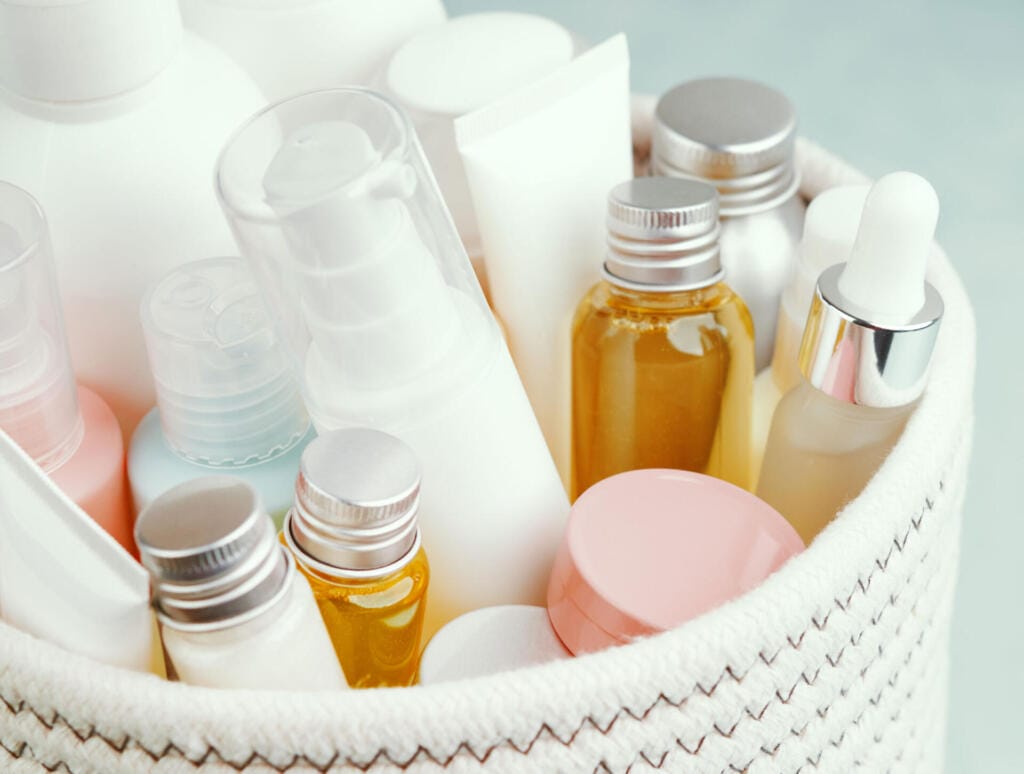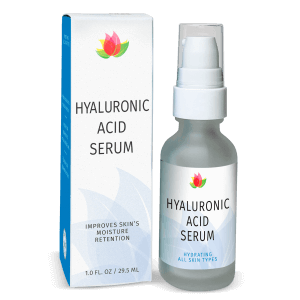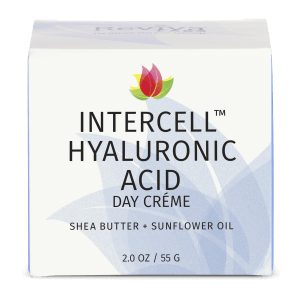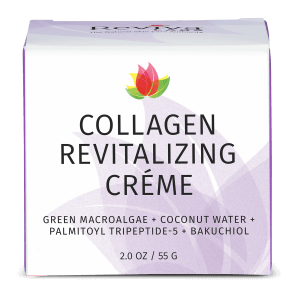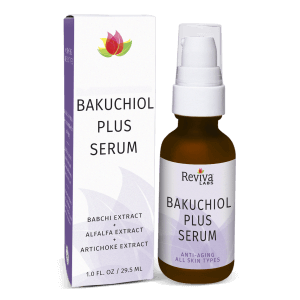Reviva Labs, Skin Care
The Secret to Perfect Skin Is in the Order of Your Products
Imagine spending hundreds on high-quality skincare products only to find they’re not delivering the results you hoped for. Frustrating, right? Here’s the thing: it’s not always the product that’s the problem. It could be the order in which you’re applying them. A 2020 study from the National Center for Biotechnology Information found that improper layering of skincare can reduce product effectiveness by up to 40%. That’s nearly half of your investment going to waste! But don’t worry—by following the right sequence, you can ensure each product performs at its best.
Let’s explore the ideal order to apply face products, breaking it down into clear steps that maximize both effectiveness and your skin’s health.
Start with a Clean Slate
The first step in any skincare routine is cleansing. Your skin goes through a lot during the day—makeup, dirt, pollution, and natural oils build up on the surface. Cleansing removes these impurities and prepares your skin to absorb the products that follow. But here’s the catch: using the wrong cleanser can strip your skin of essential moisture.
Choose a gentle, sulfate-free cleanser that suits your skin type. If you have oily or acne-prone skin, opt for a gel-based cleanser with salicylic acid. For dry or sensitive skin, a hydrating cream cleanser works best. Always cleanse with lukewarm water—hot water can compromise your skin’s natural barrier, while cold water won’t effectively remove residue.
Toning Isn’t Just a Bonus
After cleansing, toning helps restore your skin’s natural pH balance. While some might see toner as an optional step, it’s crucial for preparing the skin to absorb serums and moisturizers more effectively. A good toner also removes any residual makeup or cleanser left behind.
Look for toners with hydrating or soothing ingredients like hyaluronic acid, rose water, or aloe vera. Avoid formulas with alcohol, which can be overly drying. Apply the toner with a cotton pad or your hands, pressing it gently into your skin rather than rubbing.
Targeted Treatments Take Center Stage
Once your skin is clean and toned, it’s time for serums. Serums are the powerhouse products of your routine, delivering concentrated doses of active ingredients to address specific skin concerns.
The golden rule here is to apply products from the thinnest to the thickest consistency. Start with water-based serums, as they penetrate deeper into the skin. For example, if you’re using both a vitamin C serum and a hyaluronic acid serum, apply the vitamin C first. Why? Vitamin C protects the skin from environmental damage and boosts collagen production, making it a morning must-have. Follow this with hyaluronic acid, which draws moisture into the skin, leaving it plump and hydrated.
If you’re treating acne, dark spots, or fine lines, apply treatments like benzoyl peroxide, retinol, or niacinamide next. However, don’t overload your skin. Stick to one or two active ingredients at a time to avoid irritation.
Lock It in with Moisturizer
Moisturizing is the cornerstone of every skincare routine, no matter your skin type. Think of moisturizer as the product that seals in all the benefits of your serums and treatments while keeping your skin hydrated.
Choose a moisturizer that aligns with your skin’s needs. Lightweight, gel-based formulas are ideal for oily skin, while thicker creams work wonders for dry or mature skin. Apply your moisturizer in upward strokes to promote circulation and ensure it absorbs evenly.
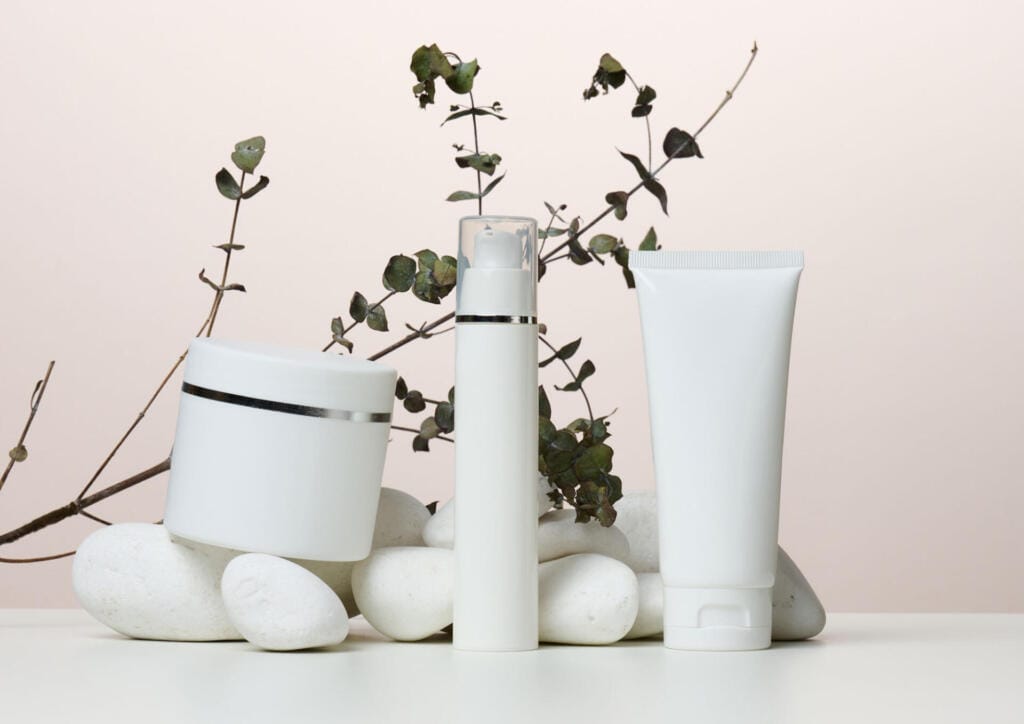
The Daytime Essential You Can’t Skip
If you’re stepping out during the day, sunscreen is non-negotiable. The Skin Cancer Foundation reports that consistent sunscreen use can prevent 90% of visible aging caused by UV damage. It’s the ultimate shield against harmful UVA and UVB rays, which not only age the skin but can also lead to serious health issues like skin cancer.
Apply a broad-spectrum sunscreen with an SPF of at least 30 as the final step in your morning routine. Make sure to use a generous amount—about a nickel-sized dollop for your face—and don’t forget often-missed spots like your ears and neck. If you’re using makeup, look for sunscreen formulas that sit well under foundation and powder.
Nighttime Calls for Extra Nourishment
At night, your skin enters repair mode, making it the perfect time for heavier treatments and oils. If you use facial oils, apply them after your moisturizer. Oils are occlusive, meaning they form a barrier that locks in hydration and prevents water loss. This barrier can also block other products from penetrating, so they should always be the final step.
If you’re incorporating retinol or exfoliating acids like glycolic or lactic acid, these are best used at night. Retinol increases cell turnover, while exfoliating acids slough off dead skin cells, leaving your skin smooth and radiant by morning. However, both can increase sensitivity to sunlight, so always follow them with sunscreen during the day.
Consistency and Patience Are Key
The truth is, no skincare routine will transform your skin overnight. It takes time—usually around 6 to 12 weeks—to see noticeable results from most products. Stick to a consistent routine, adjust as needed, and pay attention to how your skin reacts.
Keep in mind that overloading your skin with too many products can do more harm than good. A minimalist routine tailored to your skin type and concerns often yields the best results.
A Quick Word on Ingredients
Understanding the ingredients in your skincare products can empower you to make better choices. For example, pairing vitamin C with ferulic acid enhances its efficacy, while combining niacinamide with retinol reduces potential irritation. On the flip side, certain combinations—like retinol and benzoyl peroxide—can cancel each other out or cause redness.
If you’re unsure about what works best for you, consult a dermatologist or skincare professional. Personalized advice can save you time, money, and frustration in the long run.
Wrapping It All Together
The order in which you apply skincare products is just as important as the products themselves. Starting with a clean canvas, layering lightweight serums before heavier creams, and protecting your skin with sunscreen are foundational steps for achieving a healthy, glowing complexion. By following these guidelines, you’ll not only enhance the effectiveness of your products but also create a routine that feels like self-care—because at the end of the day, that’s what skincare should be all about.
Your skin is unique, and so is your journey. Embrace it, layer thoughtfully, and let your products work their magic!



